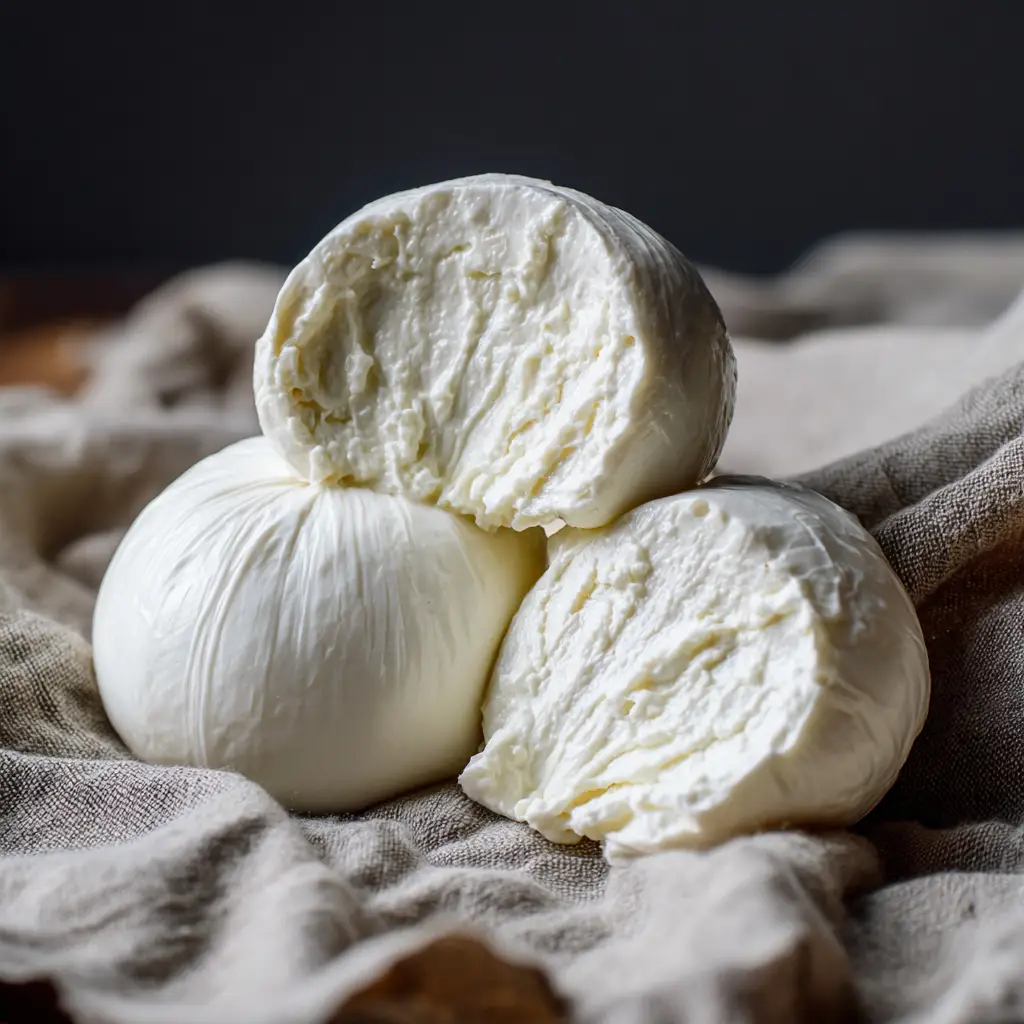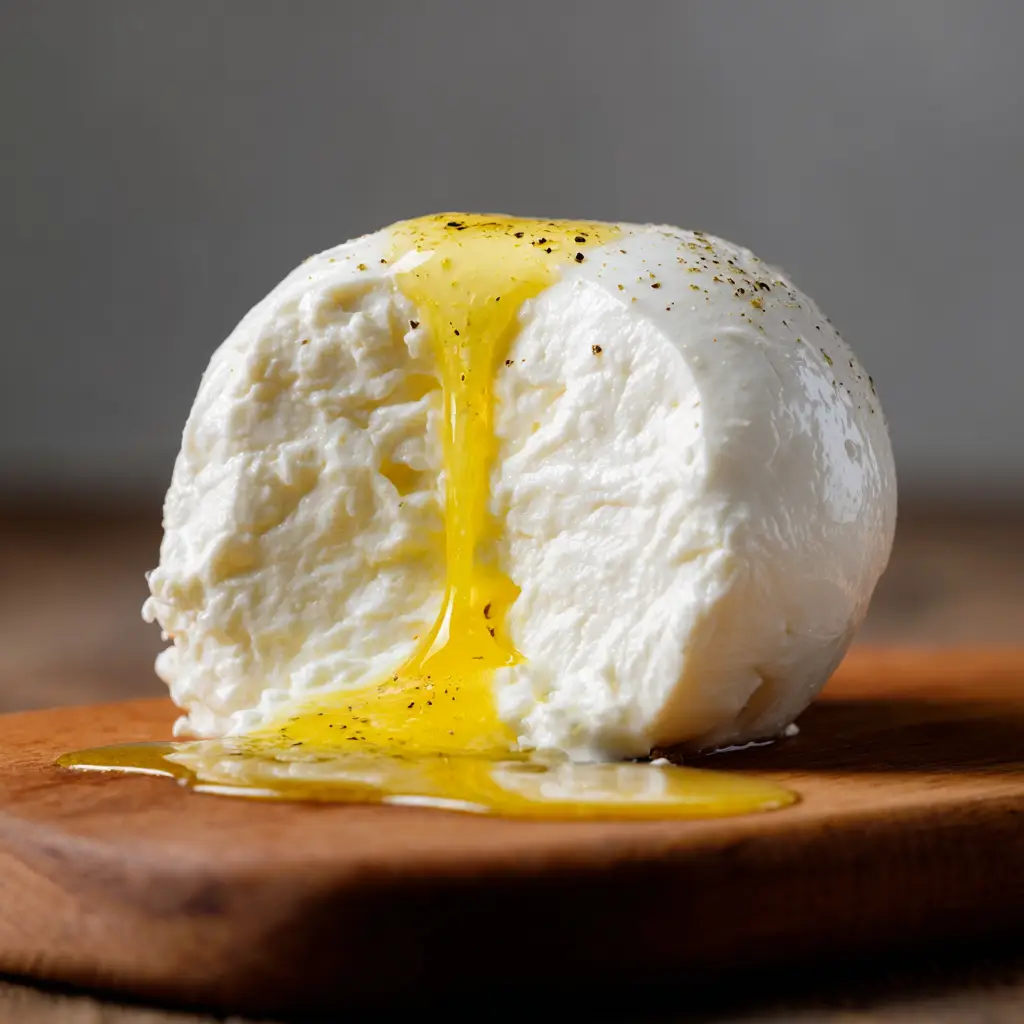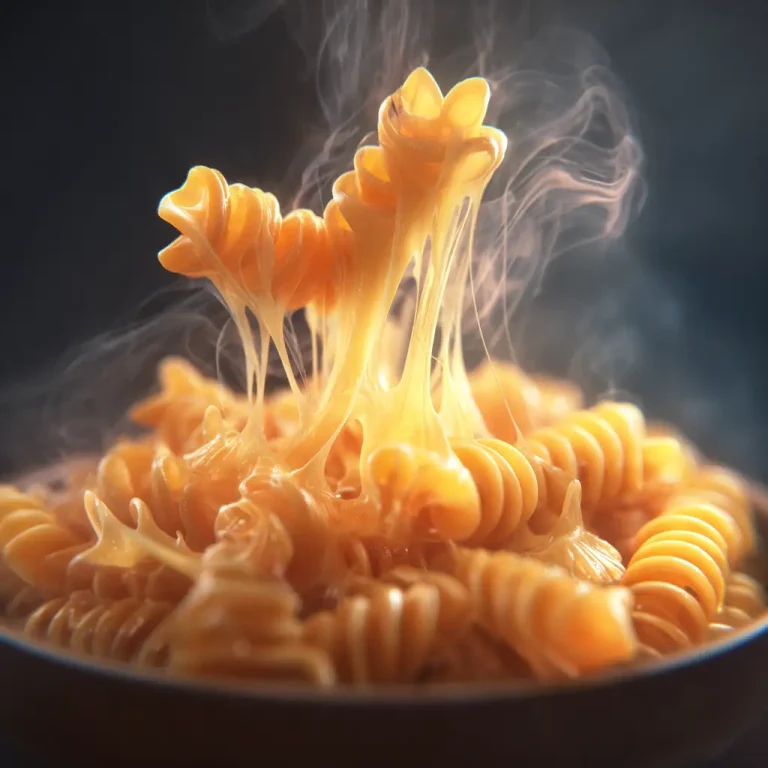Mozzarella Cheese Recipe: How to Make Fresh Mozzarella at Home Easily
Mozzarella cheese is more than just a pizza topping. It’s a culinary treasure that has stood the test of time, bringing creamy texture and delicate flavor to countless dishes. Originating in Southern Italy, mozzarella has found its way into kitchens all over the world. Its versatility makes it a favorite among chefs and home cooks alike. Whether melted on a hot Margherita pizza, layered in a Caprese salad, or enjoyed fresh with a drizzle of olive oil, mozzarella elevates even the simplest meal.

What sets mozzarella apart is its texture. Soft, milky, and slightly elastic, it stretches beautifully when heated, making it perfect for baked dishes. Traditional mozzarella, made from water buffalo milk, is called mozzarella di bufala, prized for its richness. However, most modern versions use cow’s milk and still offer a delicious flavor profile.
Making mozzarella at home might sound like a daunting task, but it’s actually quite doable with just a few ingredients. Crafting your own cheese brings a level of satisfaction that store-bought simply can’t match. Plus, you can control the flavor, texture, and freshness. Below, you’ll find a detailed guide to making mozzarella from scratch, including tips, nutrition facts, and even serving suggestions.
Ingredients Needed
To make fresh mozzarella at home, you’ll need just a handful of ingredients. Here’s a breakdown of what you’ll need, along with the approximate calorie count for each.
| Ingredient | Quantity | Calories |
|---|---|---|
| Whole Milk (preferably raw or non-UHT) | 1 gallon (3.8 L) | 1500 |
| Citric Acid | 1.5 teaspoons | 0 |
| Liquid Rennet or Rennet Tablets | 1/4 teaspoon or 1/4 tablet | 0 |
| Non-Iodized Salt | 1 to 2 teaspoons | 0 |
| Water (for dissolving rennet) | 1 cup | 0 |
Keep in mind that calories may vary slightly depending on the brand and type of milk used. Whole milk offers the richest flavor and most authentic texture.
Step-by-Step Cooking Instructions
Step 1: Prepare the Ingredients
Start by dissolving the citric acid in 1 cup of cool, non-chlorinated water. Pour this into a large stainless steel pot. Add the milk to the pot and stir gently. Heat slowly on medium to around 90°F (32°C). Stir occasionally to prevent scorching.
Step 2: Add the Rennet
Dissolve the rennet in 1/4 cup of cool water. Once the milk reaches 90°F, remove it from heat. Gently stir in the rennet solution using an up-and-down motion for about 30 seconds. Cover the pot and let it sit undisturbed for 5 to 10 minutes until it forms a soft gel-like curd.
Step 3: Cut the Curd
Check the curd by inserting a clean finger or knife. It should break cleanly. Cut the curd into 1-inch cubes using a long knife. Stir gently and return the pot to low heat. Warm the curds to 105°F (40°C), stirring slowly to release whey.You can also explore Cheese Sauce for a unique twist.
Step 4: Separate Curds and Whey
Remove from heat. Let the curds settle for a few minutes. Using a slotted spoon, transfer the curds into a colander lined with cheesecloth. Allow excess whey to drain for 5 to 10 minutes.
Step 5: Microwave and Stretch
Place the curds in a microwave-safe bowl. Heat on high for 1 minute. Drain off the whey, then fold and press the curds. Microwave again for 35 seconds, drain, and repeat. The cheese should begin to stick together and become stretchy. Add salt and knead it in.T
Step 6: Stretch and Shape
Once the cheese reaches about 135°F (57°C), it will become elastic. Stretch the curd by hand until smooth and glossy. Shape into a ball or log. Submerge in cold water for 5 minutes, then refrigerate in brine or wrap and store.

Tips for Customizing the Recipe
Homemade mozzarella is flexible. With a few tweaks, you can create variations that suit different tastes and textures.

Nutritional Information
Mozzarella is relatively low in fat compared to many other cheeses, making it a popular choice for health-conscious eaters. Below is the nutritional breakdown per 1-ounce (28g) serving of fresh mozzarella.
It’s an excellent source of protein and calcium, essential for muscle function and bone health. Opting for fresh, homemade mozzarella ensures fewer preservatives and additives.
Serving Suggestions
Mozzarella fits into countless dishes, both hot and cold. Its mild flavor pairs well with many ingredients, allowing it to shine in diverse recipes.
- Caprese Salad: Sliced mozzarella with ripe tomatoes, fresh basil, olive oil, and a touch of balsamic glaze
- Homemade Pizza: Melt mozzarella over a thin crust with fresh tomato sauce for a classic Margherita
- Stuffed Chicken Breasts: Fill chicken with mozzarella, spinach, and sun-dried tomatoes for a rich, flavorful meal
- Mozzarella Sticks: Bread and fry for a crispy, gooey appetizer
- Pasta Dishes: Layer in baked ziti or lasagna for creamy texture and flavor
Serve chilled for salads or fresh dishes, or use hot for melting in casseroles, sandwiches, and flatbreads.
Mozzarella Cheese Recipe: How to Make Fresh Mozzarella at Home Easily
Course: Blog4–6
servings15
minutes30
minutes220 kcal
kcalIngredients
IngredienttQuantity
Whole milk (preferably raw or non-UHT)t1 gallon (3.8 L)
Citric acidt1.5 teaspoons
Liquid rennet or rennet tablett1/4 teaspoon or 1/4 tablet
Water (non-chlorinated)t1 cup (for citric acid and rennet)
Non-iodized salt (kosher or cheese salt)t1 to 2 teaspoons
Directions
- Dissolve citric acid in 1/2 cup cool, non-chlorinated water. Pour this mixture into a large stainless steel pot.
- Add the milk to the pot and stir gently. Heat slowly on medium until it reaches 90°F (32°C).
- In a separate small bowl, dissolve the rennet in 1/4 cup cool water.
- Once the milk reaches 90°F, remove it from the heat. Gently stir in the rennet solution for 30 seconds using an up-and-down motion.
- Cover the pot and let it sit undisturbed for 5 to 10 minutes. The curd should form and have a soft, custard-like texture.
Recipe Video
Notes
- Use whole milk for best flavor and texture. Avoid ultra-pasteurized milk, as it won’t curd properly. For an extra creamy version, try using buffalo milk if available. Mozzarella is best eaten fresh but can be stored in the fridge in a bit of whey or salted water for up to 5 days. Always use non-chlorinated water to ensure proper curdling.
Frequently Asked Questions
Can I make mozzarella without rennet?
Yes, but the texture will differ. Acid-set versions exist, though they lack the stretch of rennet-based cheese.
How long does fresh mozzarella last?
Homemade mozzarella lasts up to five days in the refrigerator. Store in a sealed container with a bit of whey or lightly salted water.
Is mozzarella cheese gluten-free?
Pure mozzarella is naturally gluten-free. Always check labels if you buy pre-shredded versions, as anti-caking agents may contain gluten.
Can I freeze homemade mozzarella?
You can freeze it, but the texture may become crumbly. It’s best enjoyed fresh or within a few days.
What milk is best for mozzarella?
Raw or pasteurized whole milk works best. Avoid ultra-pasteurized milk, as it won’t curdle properly.
Conclusion
Mozzarella cheese brings warmth, richness, and comfort to every table it touches. Making it at home allows for a deeper appreciation of this timeless food. From a basic salad to an indulgent baked pasta, mozzarella never fails to satisfy. The process of making it can be meditative, and the reward is always worth the effort. Whether you’re an experienced cook or just exploring the world of cheese, mozzarella offers a simple yet rewarding entry point. Enjoy it fresh, melted, or sliced—it’s a true staple that belongs in every kitchen.







